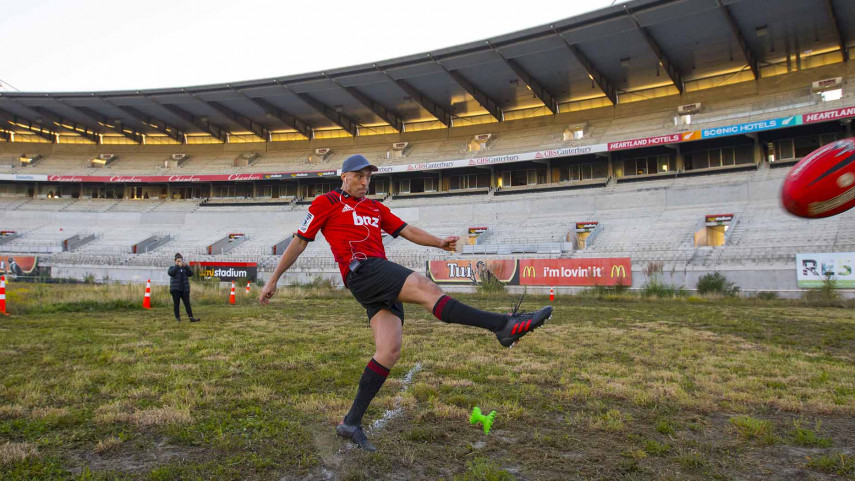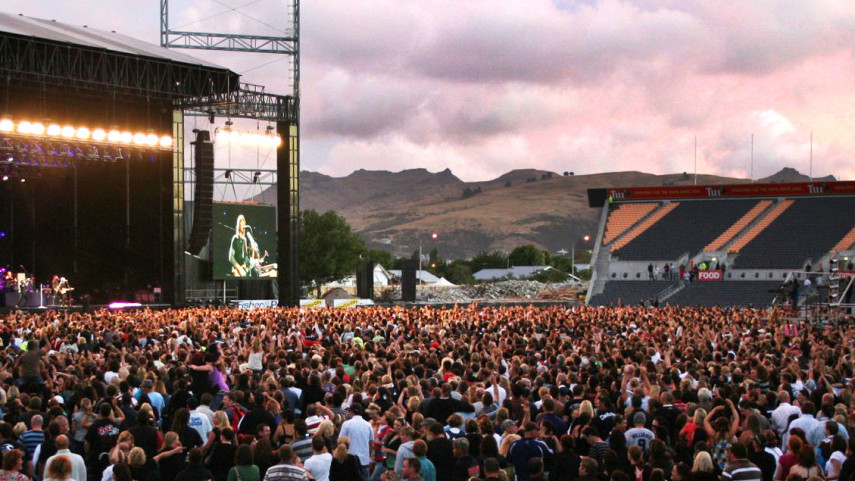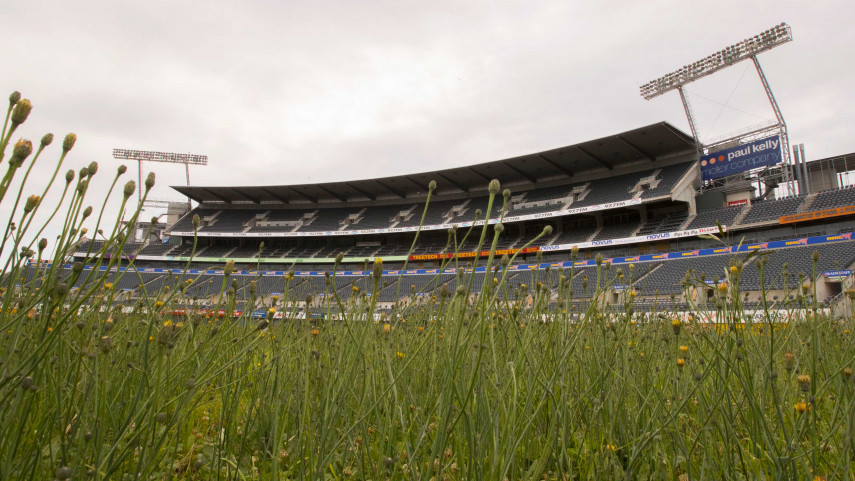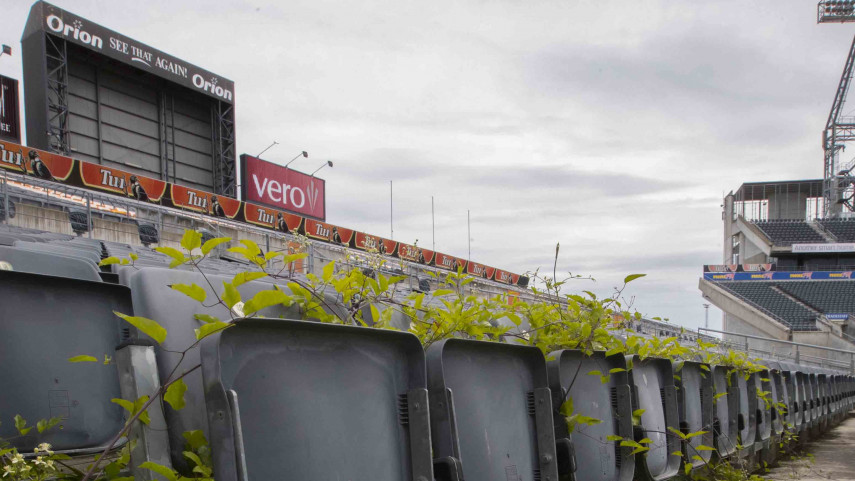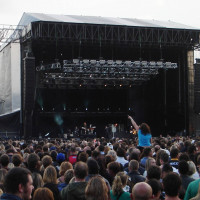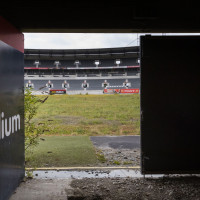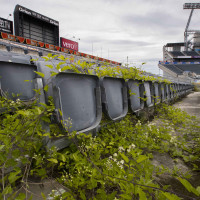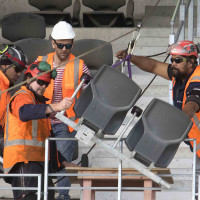Final goal kicks Lancaster Park into touch
Share this story
The last rugby ball has sailed over the posts at Lancaster Park Stadium.
ZM radio host Fletch (aka Carl Fletcher) made the kick in a final salute to the ground that has been the venue for countless sporting fixtures and other crowd-pulling events in Christchurch for more than a century.
Lancaster Park Stadium was badly damaged in the earthquakes and last year Christchurch City Council and venue management company Vbase, which owns the stadium, made the decision to deconstruct it.
Community and sporting groups, as well as individuals, have had the chance to acquire parts of the stadium as part of the deconstruction process.
As a result, new homes have been found for more than two-thirds of the 30,000 seats removed from the stadium.
“We’re currently working on the ‘soft strip’ of the stadium, which means we’re removing items such as carpets, doors, ceiling tiles and walls,’’ says Lee Butcher, who is project managing the deconstruction.
“The goal is to get the stadium reduced to a concrete and steel shell by June in preparation for the main demolition work, which we anticipate will take 12 to 14 months to complete.’’
“We’ve cut the power and all services to the stadium so it is ready for demolition. That was a big job in itself as we had to remove four large transformers that powered the floodlights. We also had to clear the 1.5 kilometres of gas pipe that fed the many kitchens and bars throughout the stadium,’’ Mr Butcher says.
“The deconstruction of Lancaster Park Stadium is a huge job – it’s probably one of the biggest demolition jobs undertaken in New Zealand. We expect to remove about 68,000 cubic metres of material from above the ground and about 30,000 cubic metres of material from below the ground.''
The next big step is the removal of the roof structures. The 45-metre Paul Kelly stand will be the first to lose its roof, followed by the 40-metre high Deans stand.
The Lancaster Park war memorial gates, built to commemorate the Canterbury athletes who served in World War I, will be protected and preserved during the deconstruction.

